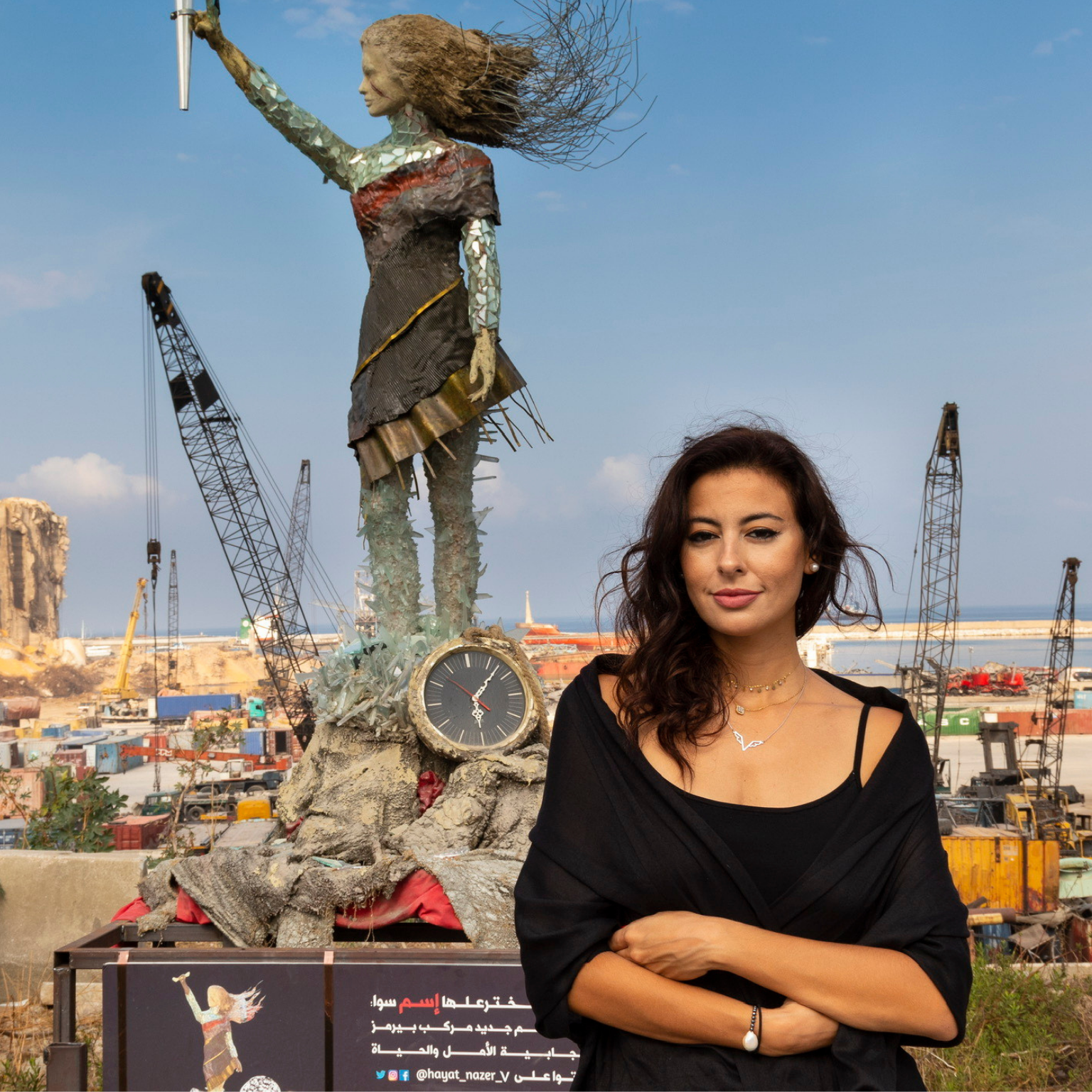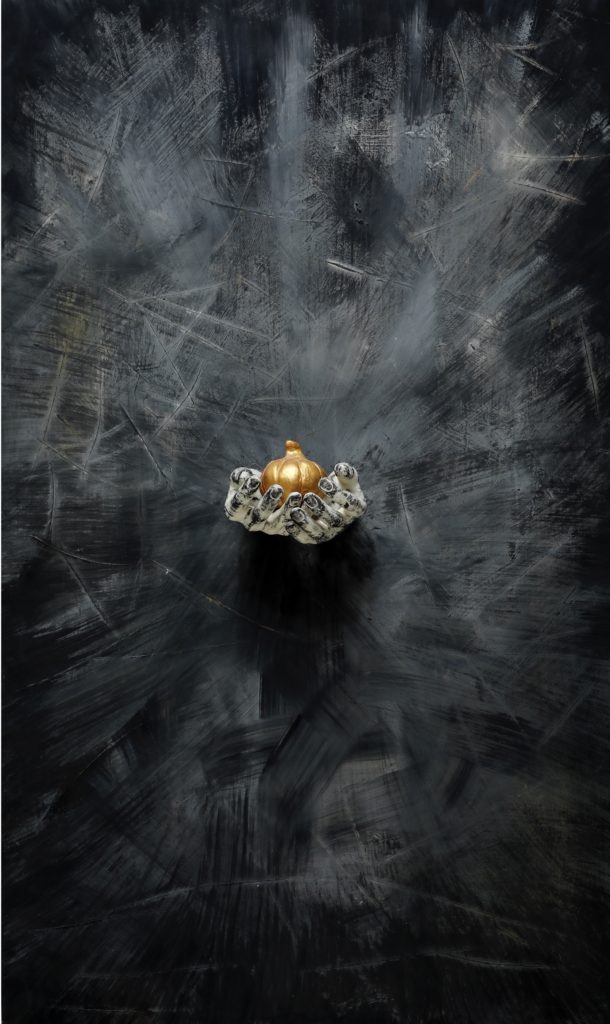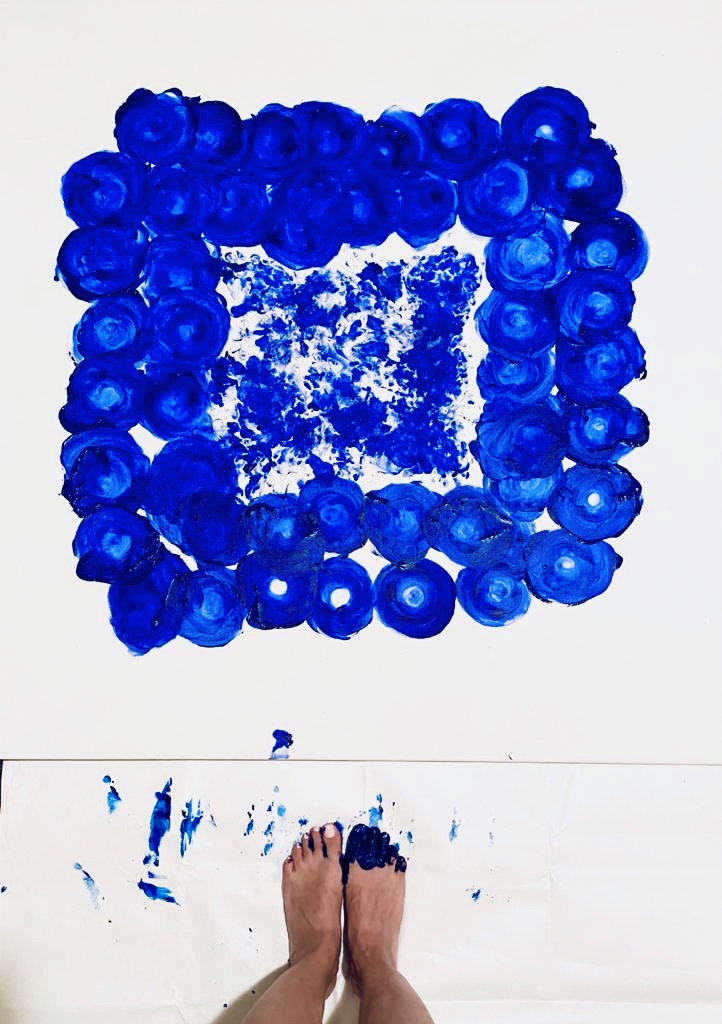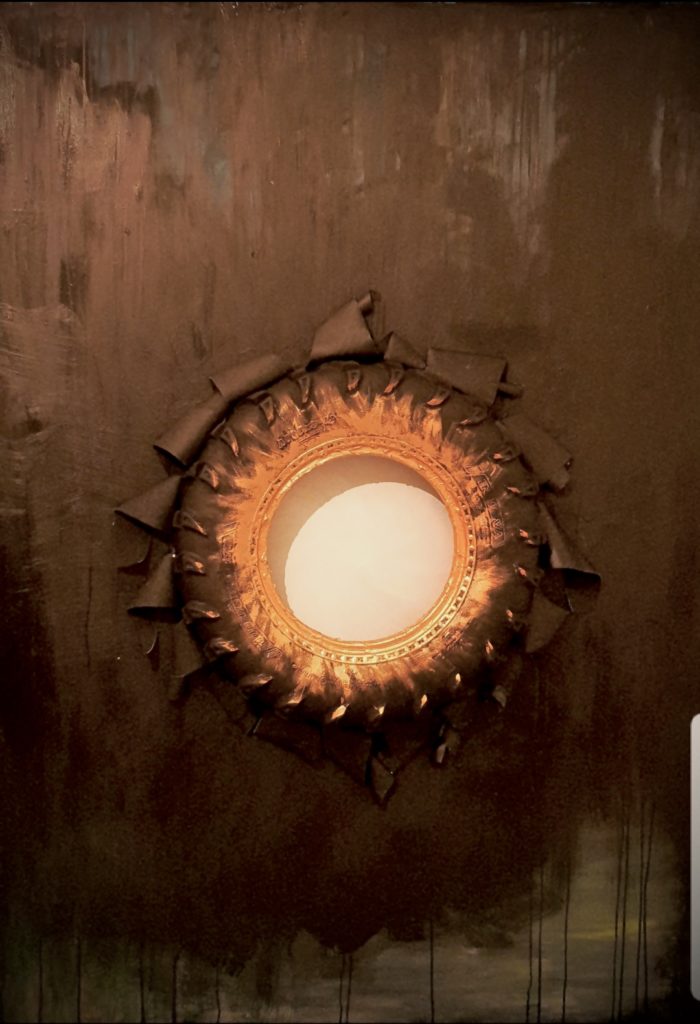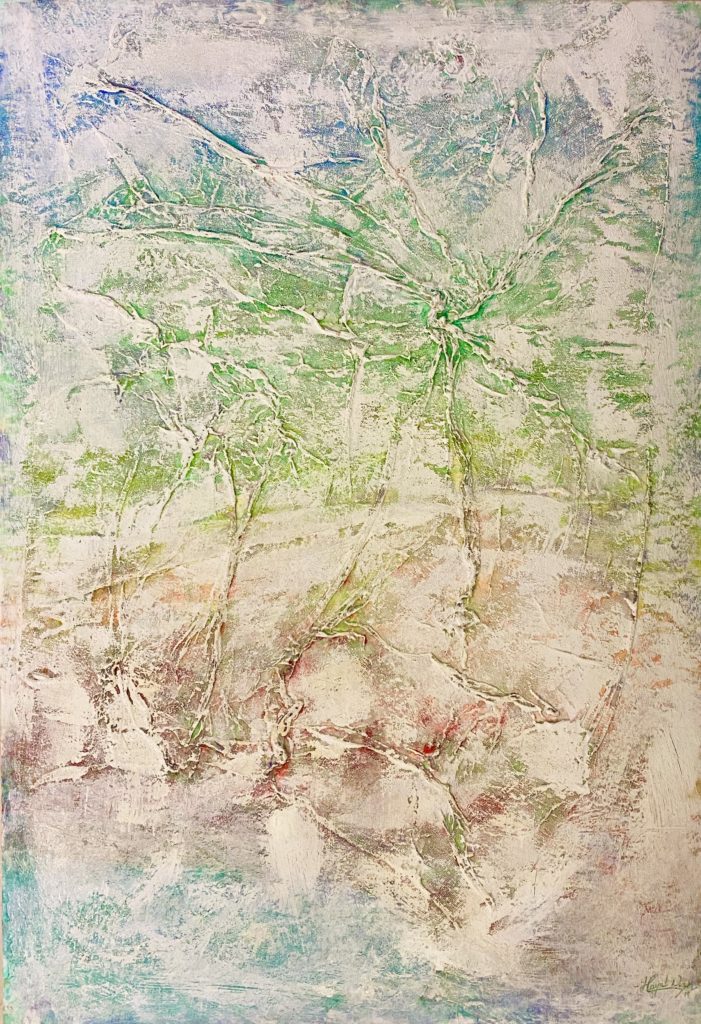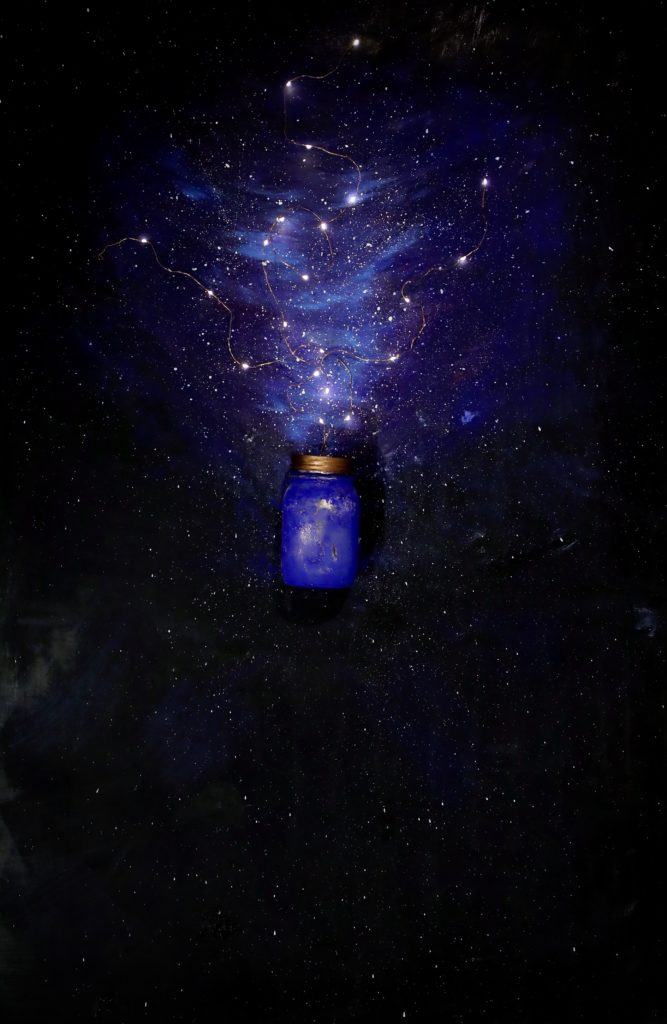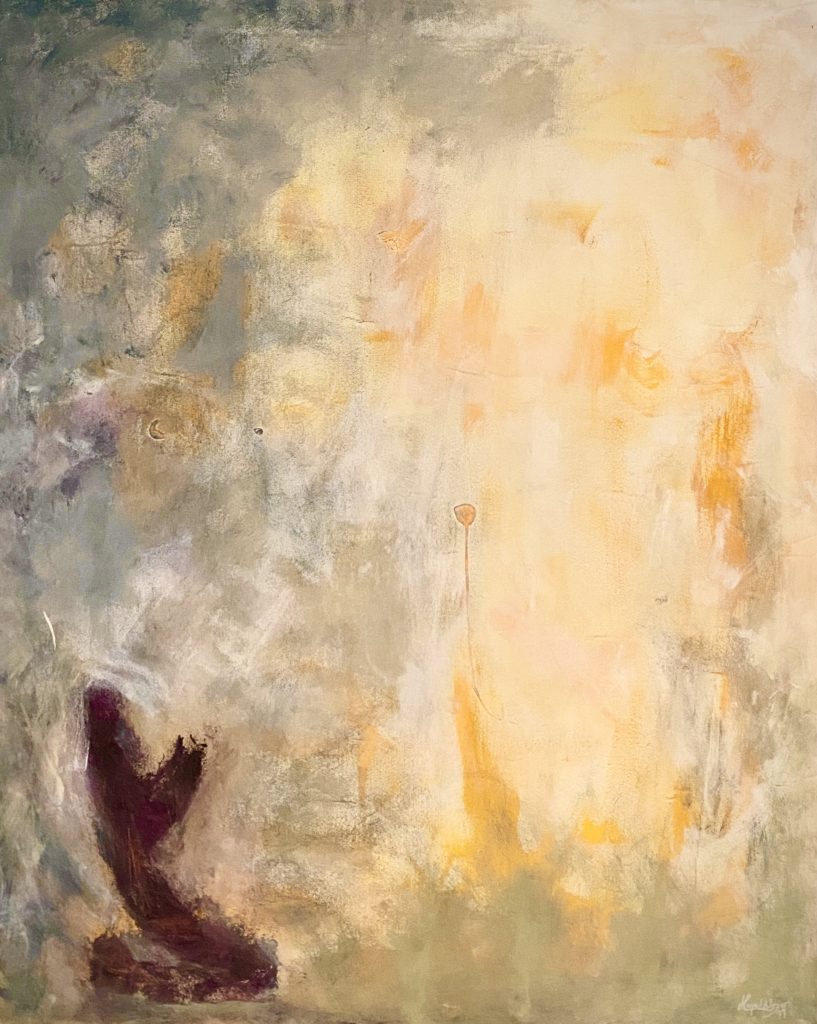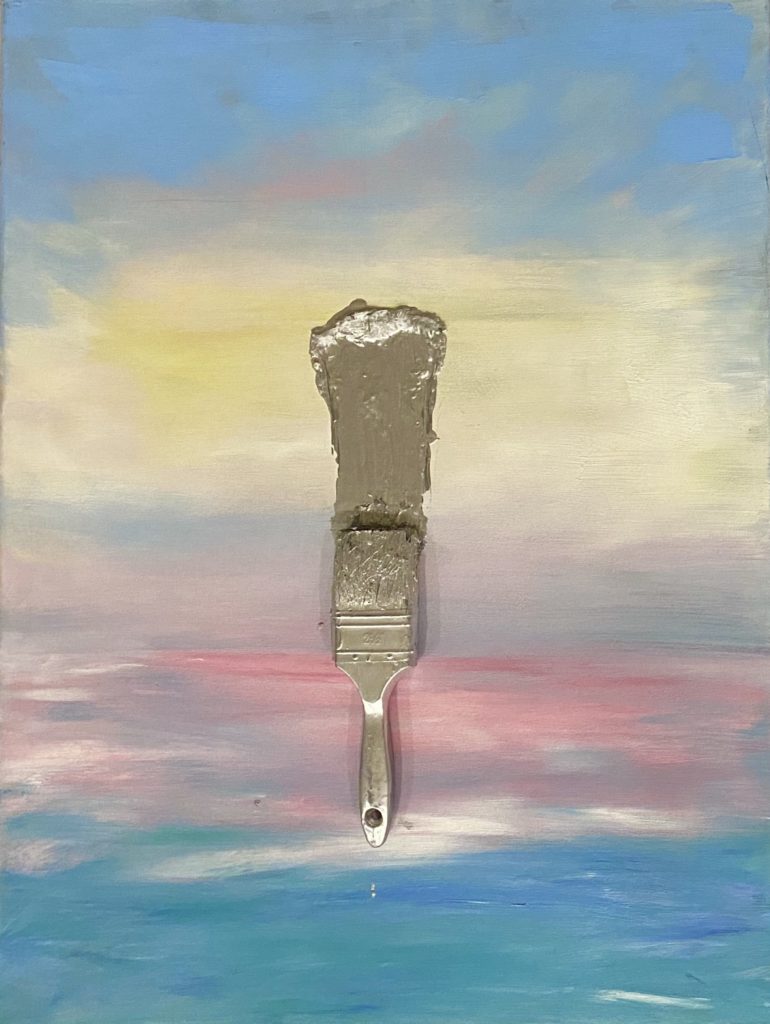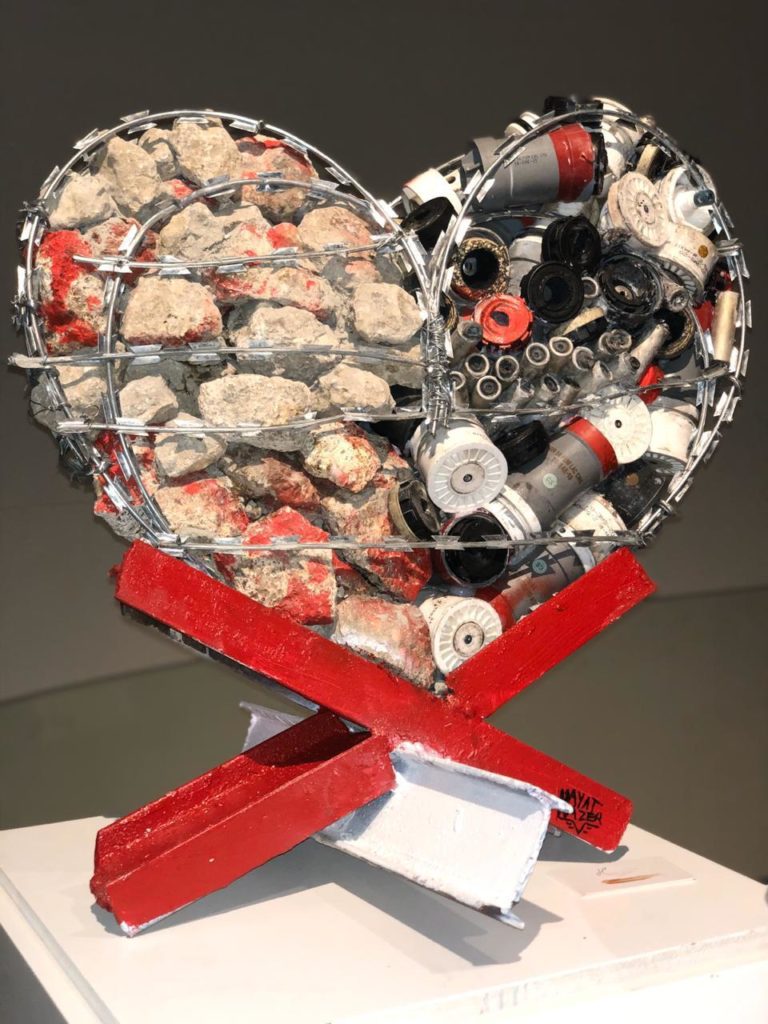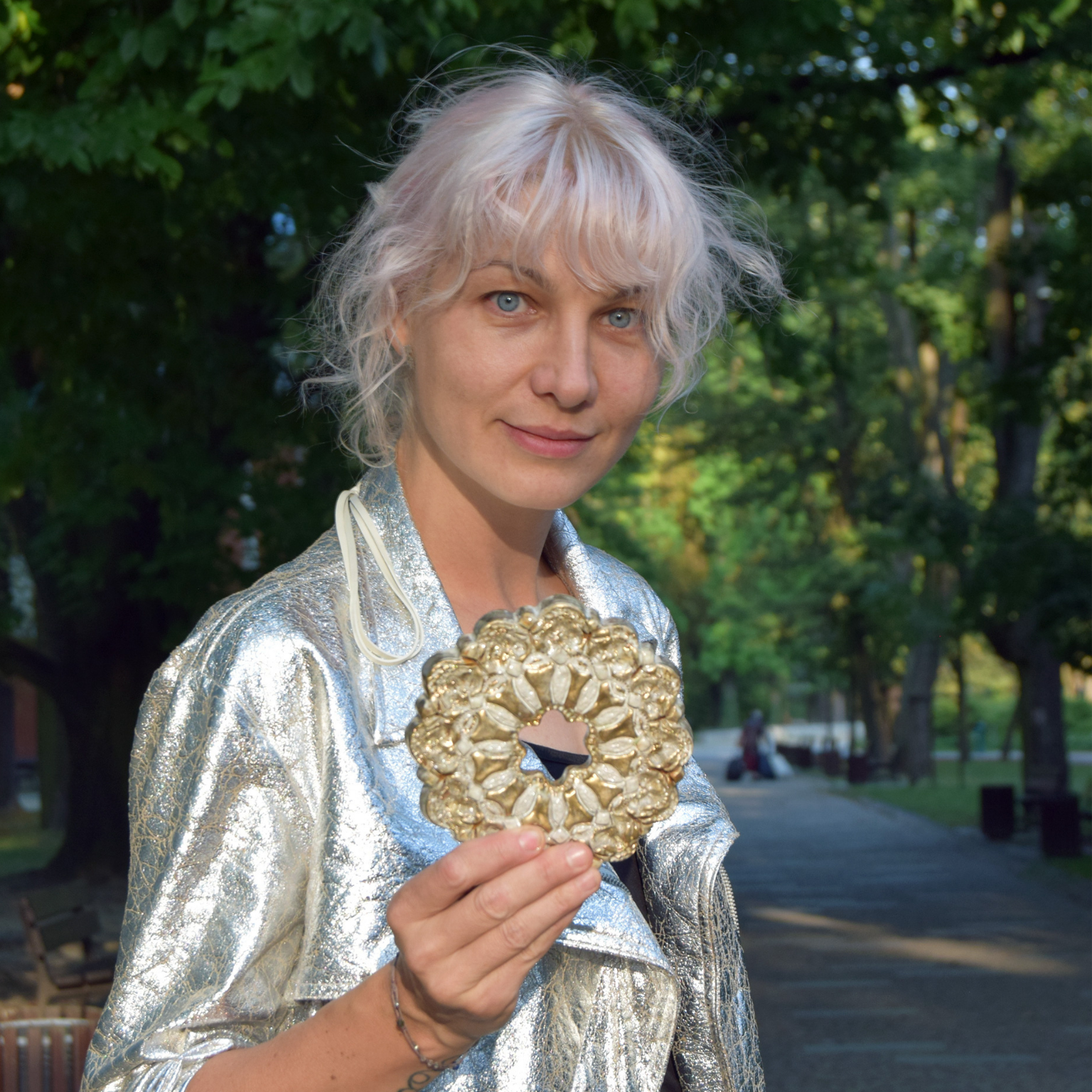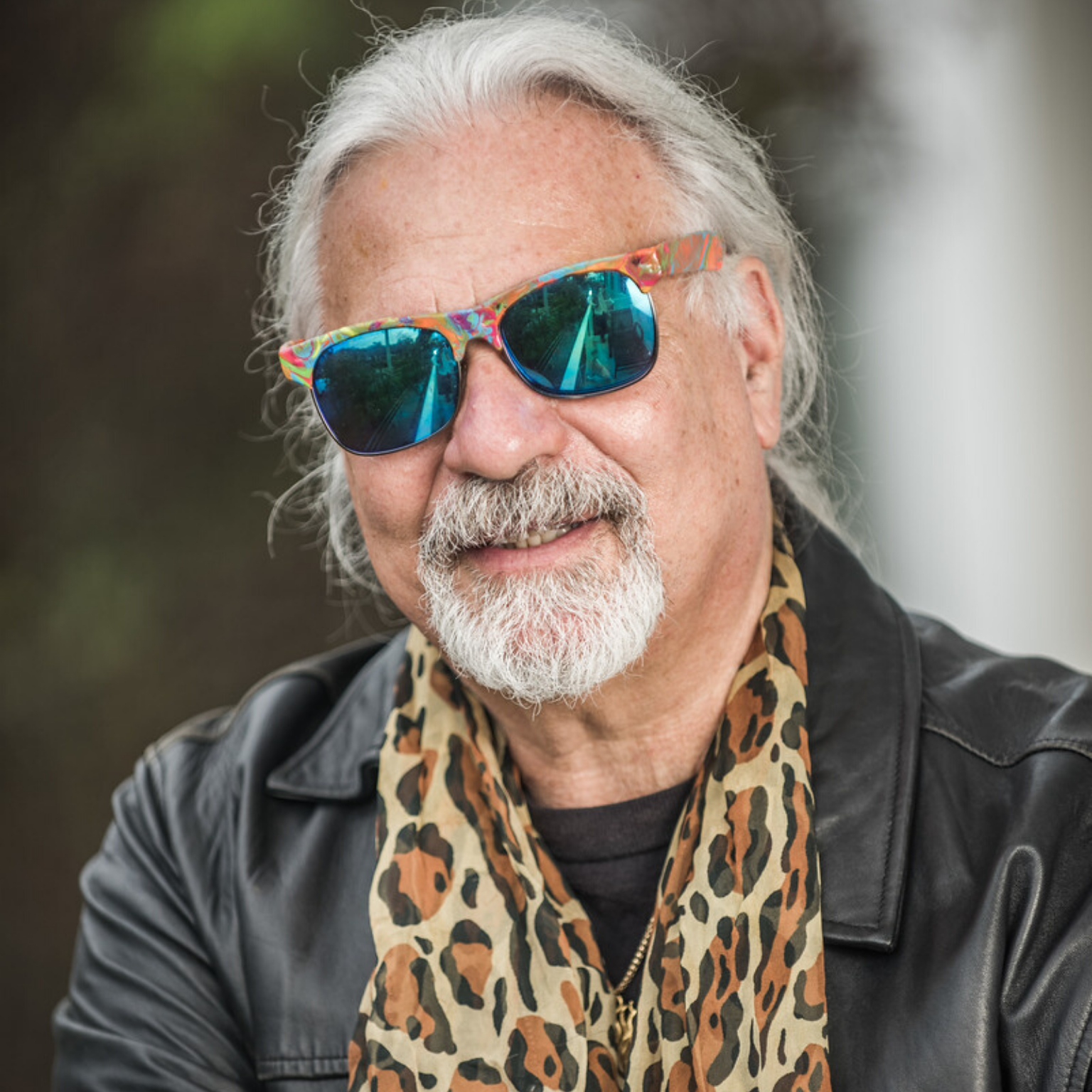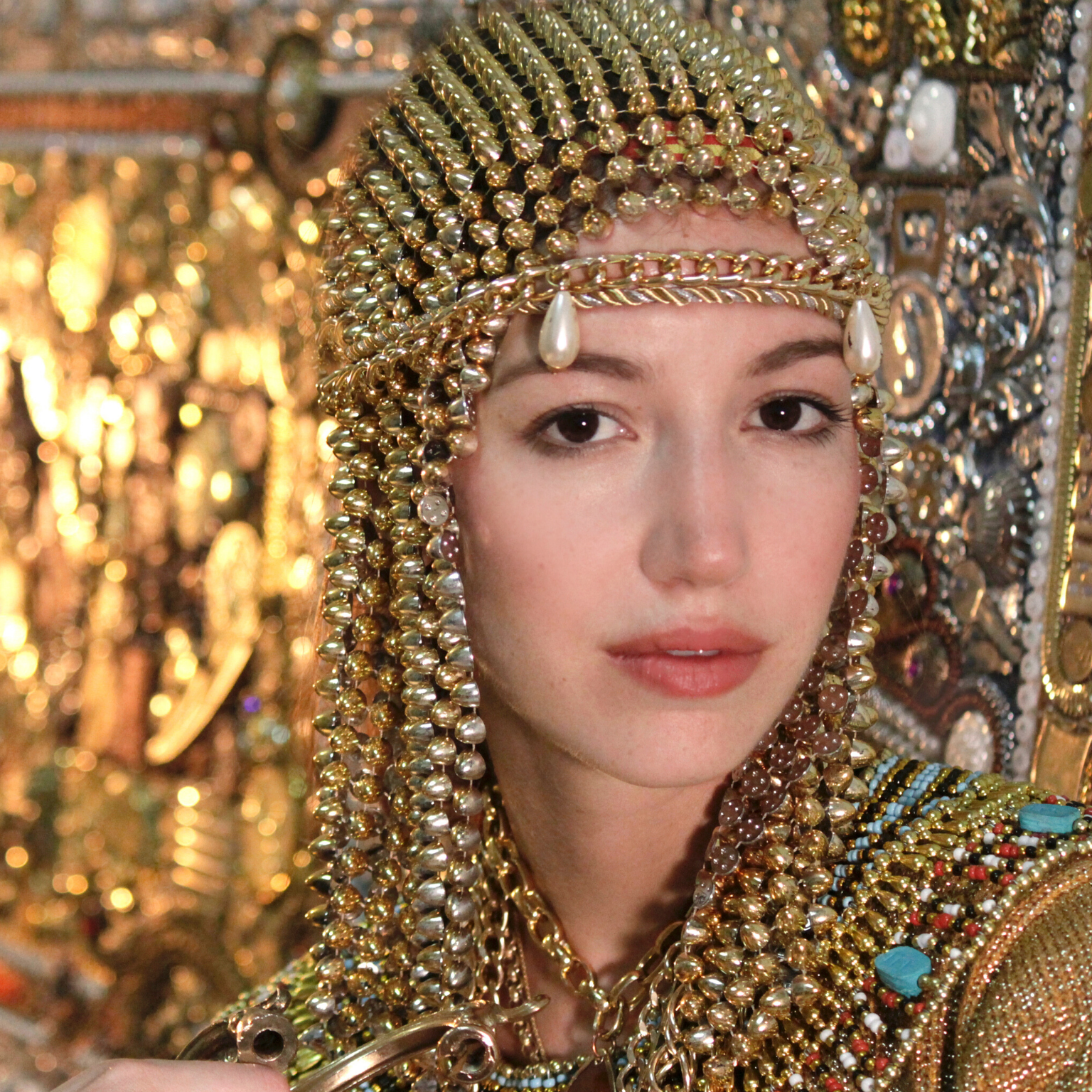Hayat Nazer, multidisciplinary artist from Tripoli, Lebanon. Unnamed lady, 2020, Beirut. Photography © Elie Bekhazi
1.Tell us what you do and your beginnings.
I am a female Lebanese artist. I had quit my job with the United Nations to become an artist and I wish to make change in my country and the world through art. I am mostly known for my street art during the Lebanese Revolution 2019.
I created a Phoenix sculpture made out of broken metal of the protestors tents which were destroyed by pro government protestors. It was a socio-political statement, which aimed at empowering and inspiring the Lebanese people.
I did several grafitti and art installations and my latest is “Unnamed lady” (in the main photo), a woman made out of debris of the Beirut Explosion on the 4th of August 2020. This last sculpture gained a worldwide recognition as it portrayed the pain that we, the Lebanese people, went through during this traumatizing event.
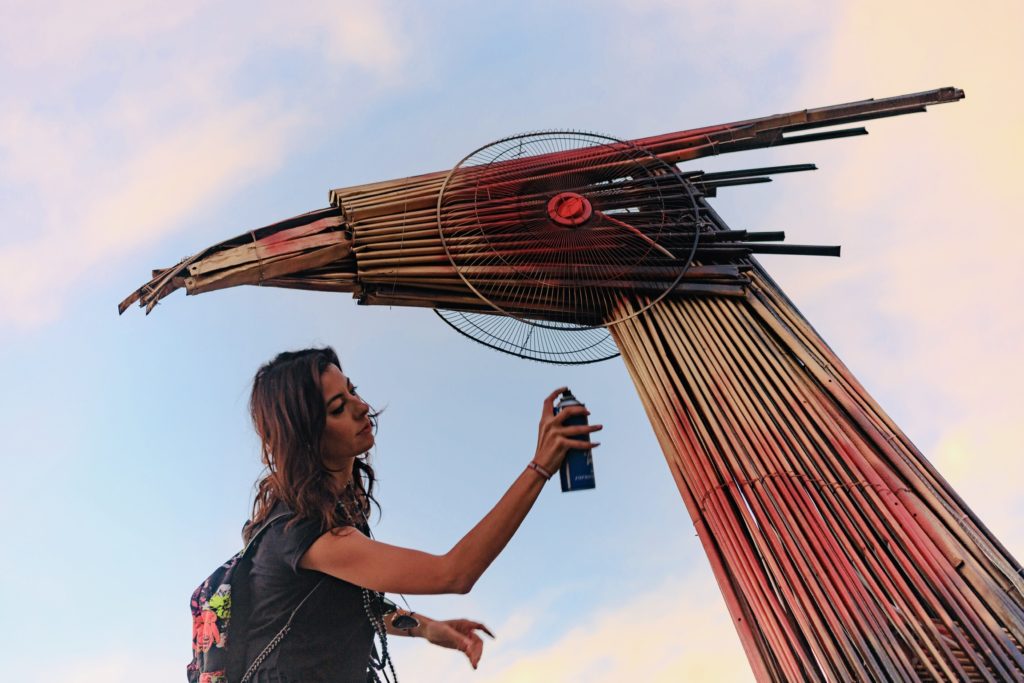
2.What are your favorite museums in the world? Why?
My favorite museums in the world are the Louvre, San Francisco MoMA and the Getty Museum. They are my favourite because while visiting, I saw paintings I used to read about during my childhood. It was truly overwhelaming to see the real paintings of my favourite artists, live in front of me.
3.How important are social networks in your business? And which platform do you prefer and why.
Social networks are very important in my work as it is helped my work go viral and be seen all over the world, which inspired many of the viewers to contact me and tell me how they felt when they saw my art. I felt I was able to connect with them even though I am very far away.
Specially during covid-19, as traveling became limited, social media still gives the opportunity to people to see some artworks. My main social network is Instagram.
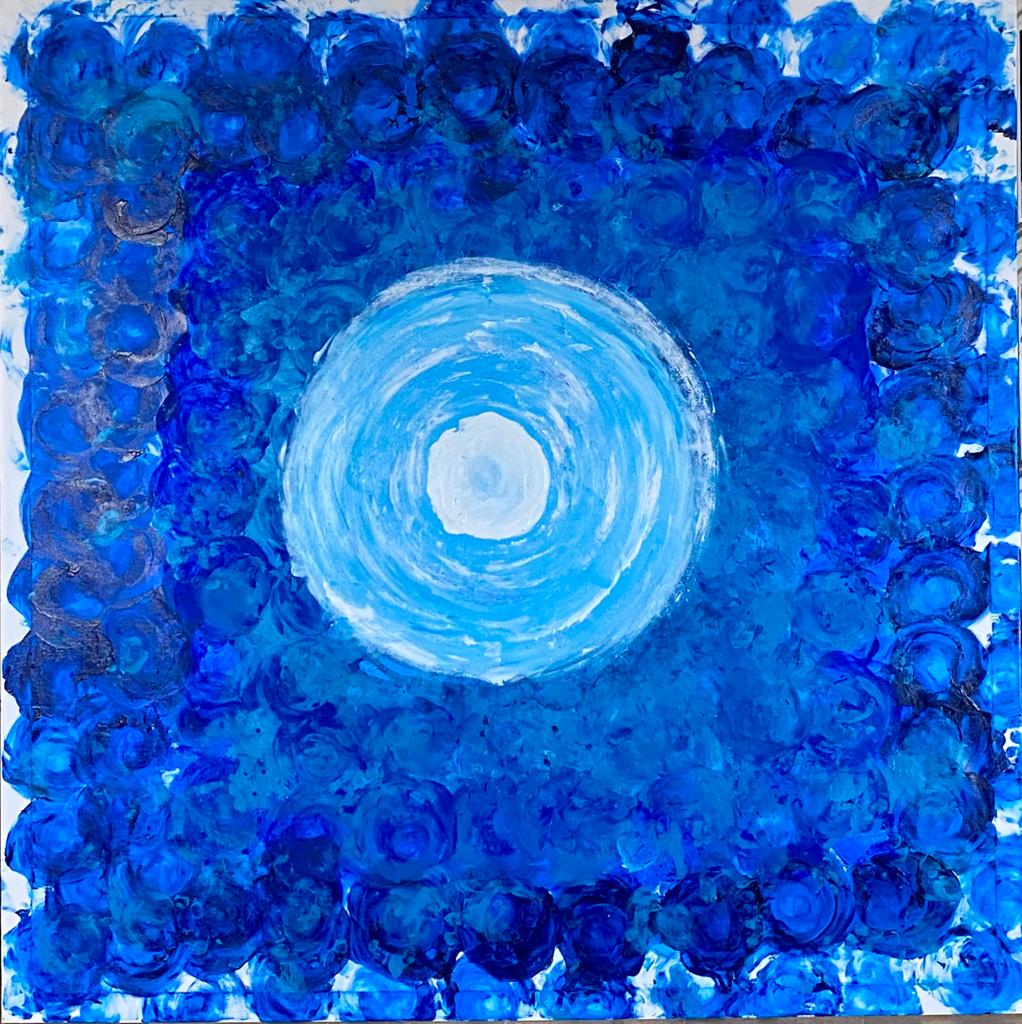
4.What are your future projects?
My future projects include creating sculpture replicas of the street art that I did during the Revolution and I am also creating a series of paintings. I would love to continue creating public street art, as it is the easiest way for my message to reach everyone, even if they were unable or not interested in going to museums.
I would love to inspire people even those who don’t yet know the importance and the impact of art. I descovered this during this year, as in Lebanon there are very few museums and it is not a usual thing for people to go to museums. Many of those who never had interested in art, descovered that art has a huge impact and importance, specially during the protests.
5.To create greater engagement among museums, artists and professionals, do you have any advice for cultural projects such as #MuseumWeek?
I have many ideas where art can make a change and get high visibility.
Interview by Fabio Pariante, journalist
MORE
Hayat Nazer on social networks: Instagram – Facebook – Twitter
Hayat Nazer (Tripoli, 1987) is a Lebanese multidisciplinary artist with a B.S. in Graphic Design at the Lebanese American University in Beirut and then in London she obtained the MA in Marketing Communications from the University of Westminster.
She has always been dedicated to volunteering with NGOs and in the neediest neighborhoods of Beirut, also in those of London. In Abu Dhabi, Nazer collaborated with the UN HCR and then in New York, Beijing and Ankara where she represented the Lebanese Ministry of Social Affairs and dealt with the dossier on Syrian refugees. She is a self-taught artist and each of her works of art tells a message of positivity, that desire for change through installations, sculptures, paintings and is most well-known for her street art during the Lebanese Revolution in 2019.
In her production artistic, Nazer alternates intense colors with light ones, to emphasize the importance of freedom, hope and faith in life just as her name: “Hayat” in Arabic means “Life”. The artist is based in Beirut.
